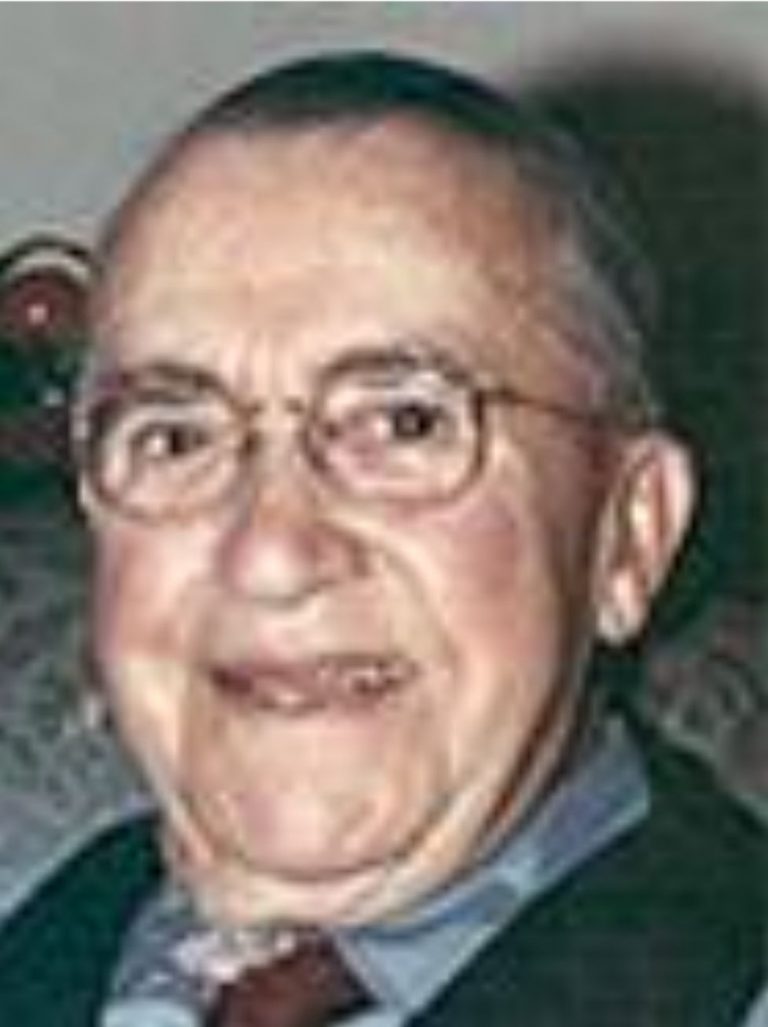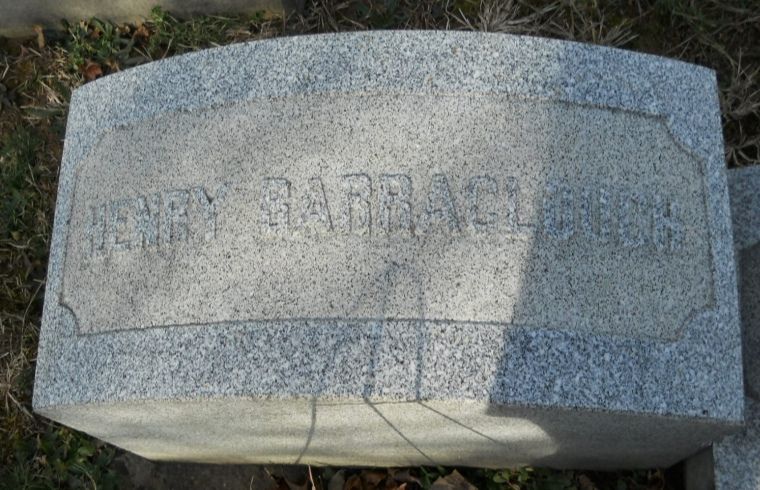Hymn History: Ivory Palaces & Author: Henry Barraclough
“Twenty-four year old Henry Barraclough’s path to a hymn he was writing was circuitous … He might never have imagined the words to ‘Ivory Palaces,’ except that he had agreed to be the
piano player for a touring preacher.”
(David Cain)
The Origin of the Hymn “Ivory Palaces”
Few gospel hymns of the twentieth century possess the poetic beauty and spiritual depth of “Ivory Palaces.” Written in 1915 by Henry Barraclough, this majestic hymn paints a vivid portrait of Christ’s voluntary descent from heavenly splendor to the suffering of the cross, motivated by divine love. It is both a meditation on the mystery of redemption and a tender expression of personal devotion to the Savior.
A Moment Born in the Highlands
The story of “Ivory Palaces” begins not in a quiet study or a crowded revival meeting, but among the scenic mountains of Scotland. In the summer of 1915, Henry Barraclough was traveling through the Scottish Highlands with the renowned evangelist J. Wilbur Chapman and gospel soloist Charles M. Alexander. The trio had been conducting evangelistic meetings throughout Great Britain, proclaiming the message of salvation during the dark days of World War I.
One day, while the group rode together through the beautiful Glencoe Pass, Chapman began to speak movingly about the glory of Christ. He referred to Psalm 45:8, which says:
“All thy garments smell of myrrh, and aloes, and cassia, out of the ivory palaces, whereby they
have made thee glad.”
Chapman’s reflection on this verse, with its picture of Christ leaving the ivory palaces of heaven to redeem humanity, deeply impressed Barraclough. Later, recalling that moment, Barraclough said:
“Dr. Chapman was talking that day about the ‘ivory palaces’—and as he spoke, the words came to me almost complete. I jotted them down quickly before they faded from my memory.”
Within hours, a hymn was born—one that would go on to become a favorite among believers for more than a century.
The Hymnwriter: Henry Barraclough
Henry Barraclough (1891–1983) was a gifted English musician and hymnwriter. Born in Windermere, England, he was educated at Oxford University and later served as private secretary and pianist to J. Wilbur Chapman, one of the leading evangelists of his day. Barraclough’s musical talents made him a valuable member of Chapman’s team, and he often accompanied the great gospel singer Charles Alexander in their evangelistic crusades across Britain and North America.
Though Barraclough wrote several hymns, “Ivory Palaces” remains his best-known and most enduring work. Its creation demonstrates his ability to blend poetic imagery with sound theology, expressing profound truths in language that stirs both the heart and imagination.
The Hymn’s Imagery and Message
The text of “Ivory Palaces” is both poetic and deeply scriptural. It opens with a vision of Christ’s divine glory:
My Lord has garments so wondrous fine,
And myrrh their texture fills;
Its fragrance reached to this heart of mine,
With joy my being thrills.
The refrain echoes the Psalmist’s words, but now in the context of Christ’s love and sacrifice:
Out of the ivory palaces,
Into a world of woe,
Only His great eternal love
Made my Savior go.
Each verse contrasts the majesty of Christ’s heavenly home with the suffering He endured for mankind. The second stanza speaks of His garments stained by “sorrow, with sorrow deep and sore,” symbolizing His earthly suffering and the cross. The third verse turns to the believer’s present joy, describing how Christ brings gladness “in life’s sorrows.” The final stanza looks forward to the eternal hope of heaven—when the believer will at last see the King in His glory.
The beauty of Barraclough’s hymn lies in its simplicity and sincerity. It does not attempt to analyze or explain the mystery of redemption; it simply marvels at it. The words capture both the grandeur of Christ’s heavenly majesty and the tenderness of His love for fallen humanity.
Musical Composition and Early Use
Barraclough not only wrote the words but also composed the music for “Ivory Palaces.” He later remarked that the tune came to him as naturally as the text itself. The melody’s gentle, flowing rhythm and rich harmony perfectly complement the hymn’s meditative tone.
The song was first introduced publicly by Charles M. Alexander, whose powerful voice brought many gospel songs to life during the early 20th century. Alexander’s performance of “Ivory Palaces” quickly captured the hearts of audiences, and the hymn began appearing in gospel songbooks shortly afterward.
In the decades that followed, the hymn became a staple in revival meetings, church services, and radio broadcasts. It was particularly cherished for solo and duet performances, often sung with deep emotion and reverence.
The Legacy of “Ivory Palaces”
Over a century later, “Ivory Palaces” remains a cherished hymn in both Protestant and evangelical traditions. Its timeless theme—the sacrificial love of Christ—continues to resonate with believers. The hymn reminds Christians that their Savior willingly exchanged the splendor of heaven for the suffering of earth, that they might share in His glory.
Many hymn historians have noted that “Ivory Palaces” represents a bridge between the older Victorian hymn style and the emerging gospel song tradition of the early 20th century. It combines the poetic richness of earlier hymns with the heartfelt simplicity that characterized the revival era.
Conclusion
Henry Barraclough could hardly have imagined that his quiet inspiration, born on a scenic road through the Scottish Highlands, would continue to bless generations of believers around the world. Yet the hymn’s message endures because it speaks of eternal truths—the majesty of Christ, the mystery of His incarnation, and the wonder of divine love.
Through the years, countless Christians have found comfort and awe in its refrain:
Out of the ivory palaces,
Into a world of woe,
Only His great eternal love
Made my Savior go.
Indeed, “Ivory Palaces” remains not only a hymn of praise but also a heartfelt reminder of the boundless love that brought Jesus from heaven’s glory to earth’s sorrow—for us.
Related
Sorry, no records were found. Please adjust your search criteria and try again.
Sorry, unable to load the Maps API.

